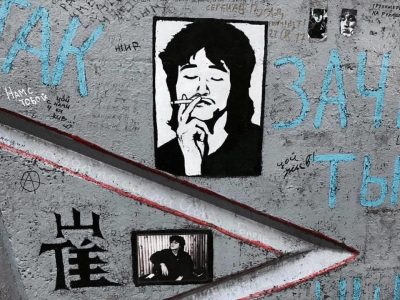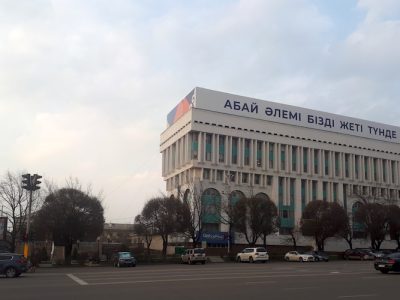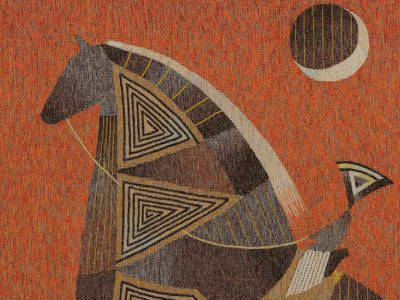When Kazakhstan gained independence in 1991, it inherited an extremely diverse nation, rich natural resources, and the potential of becoming a key player in Central Asia among the giants of Russia and China. It also inherited a system of political clientelism, a tradition of censorship and a gap between rural and urban lifestyles, as well as between average citizens and elites. Kazakhstan’s December 1986 Zheltoksan protests, one of the first significant public protests of the Soviet glasnost era, gave Kazakhstan’s political elite an early education in civil unrest, and a determination to resist similar, future developments as an independent state.
Three decades later, Kazakhstan has turned into a moderately wealthy, multiethnic country that maintains strong connections with Russia, Europe and China. It is also a hub for transit between China and Russia as well as Europe, a major exporter of natural gas and oil, and displays massive inequities in wealth, with significant elite corruption. But any transition to a democratic society never really began, as authoritarian rule has remained in place since Kazakhstan’s first election in 1991, in which Nursultan Nazarbayev appeared alone on the presidential ballot. Nazarbayev allowed or encouraged a cult of personality to develop, even after he stepped down as president in March 2019.
Oil and other extractive industries have financed the wealth of urban elites, and contributed to the opening of the country to foreign influence, with a significant presence not only of Russia and China, but India, Europe, North America, East Asia, and the Middle East. Kazakhstan’s populace has been exposed to postcolonial trends, a search for a national identity, a rediscovery of Muslim roots, and tolerance for greater diversity, yet old governance patterns have favored increased censorship, elimination of political opposition, discreditation of independent civil society and labor organizations. All of this has resulted into a yawning gap between cities and villages, Russian and Kazakh-speakers, and in general those close to power and the others.
The main reasons for the January 2022 violence are to be found in the lack of redistribution of resources, the unwillingness of authorities, local or national, to acknowledge genuine criticism, and the general corruption and arrogance of state structures and the elites they protect.
The results are tragic: state violence has caused civilian deaths, destruction of private business, and a likely diminishment of sovereignty, with Moscow stepping in as a guarantor of stability, a path likely to quell potential pluralistic political development.
Stories about Kazakhstan’s illusory stability has cracked
Thirty years after his tragic death, iconic Soviet musician Viktor Tsoi continues to inspire demonstrators
Even younger generations of Russian-speakers who have no memory of the Soviet period are enraptured by the story of Viktor the rebel, who sided with the people against the system.
Viktor Tsoi: The undying icon of Soviet dissident rock
Fans of Soviet rock star Viktor Tsoi mark his birthday, June 21, remembering his freedom-loving songs that still resonate three decades after his death in 1990.
How Kazakhstan's youth are forging their own national identity
A feud between a lesbian activist and a boxer has galvanised a new generation's interest in pushing at the boundaries of Kazakh national identity
Notes from Kazakhstan: Pigeons, disinfectant and COVID-19
In authoritarian Central Asia, the COVID-19 crisis is an opportunity for states to make a show of strength of strength, yet it also lays bare their weaknesses.
Decolonising and demystifying Central Asian literature through translation
"Central Asian literature is still exotic; people appreciate its rareness more than its literary merits. I want readers to move away from thinking 'how unusual!' to thinking 'how beautiful!'"
Kazakhstan pauses interception of encrypted traffic, but for how long?
This was the authorities’ third attempt to enforce the use of a “national security certificate.” Although the authorities have relented, there are signs that it won’t be the last.
Kazakhstan is in the middle of a political transition. So is its social media humour.
Kazakhstan's former president got to choose his own successor, but couldn't prevent him from becoming a figure of fun.
‘You can't run from the truth': Iconic art protests preface Kazakh presidential vote
A police state that once hungered after a shiny international image now seems resigned to painting itself as it really is.
A conversation with the creator of FindyourB, a podcast for soul-searching Kazakh millennials
A podcast that examines identity and value systems is attracting young people in Kazakhstan.
Keeping it in the family: Kazakhstani president Nazarbayev resigns, but leaves little hope for real reform
Despite the surprise transition, all signs suggest that the new regime will look very much like the old one.














